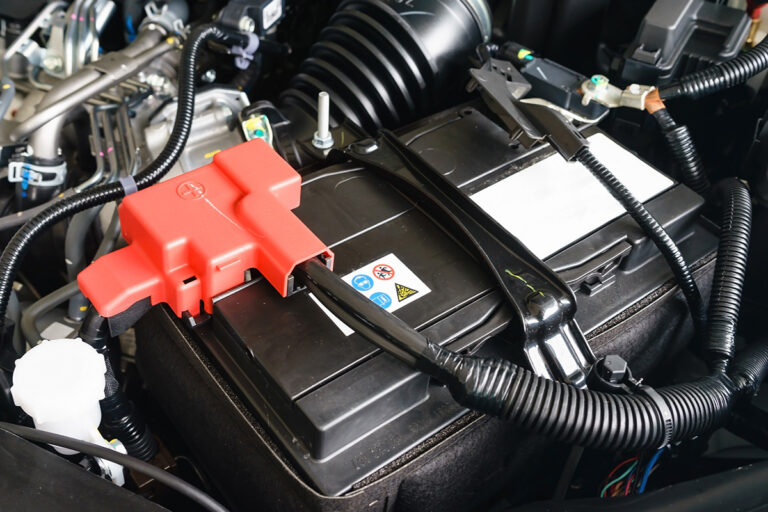Automotive
Thermal Management Solutions
At Armstrong, we understand the importance of effective thermal management in a vehicle. With a deep understanding of the principles and techniques involved, we are able to offer our customers tailored solutions that meet their unique requirements.
Vehicle Electronics

Thermal gap interface for electronic circuits & components
Requirements
- To dissipate or spread the heat generated in electronic components to heat sinks in vehicle infotainment system, charging system, cameras, radar, lighting and power control units
- High thermal conductivity to effectively conduct heat from one surface to another
- Stable and do not degrade over time, even at high temperatures
- Electrically insulating or conductive as required with silicone free thermal interface materials options
Solutions
- Process: Die cut; Materials: Thermal interface gap pads, phase change materials, graphite sheets, thermal adhesives
Battery Pack

Battery pack heat shield / thermal insulation
Requirements
- Shield battery pack from excessive heat generated by the engine and exhaust system
Solutions
- Process: Die cut; Materials: Nonwoven, PE foam
- Process: Heat Press Forming; Materials: Non-woven + PU foam sandwich material
EV Battery Module

Thermal isolators for battery cell packs
Requirements
- Thermal insulation to separate battery cell packs and other components to reduce heat transfer between them so as to maintain the temperature of the battery cells within a desired range.
- Include fire-blocking characteristics to minimize fire propagation in the event of a thermal runaway
Solutions
- Process: Die cut; Materials: PP film, PET film, ceramic papers, aerogel sheets, silicone rubber foam sheets
- Process: Elastomer Moulding; Materials: Silicone
- Process: Particle Foam Moulding; Materials: Expanded Polypropylene (EPP)
Battery cells thermal gap interface
Requirements
- High thermal conductivity with minimal thermal impedance to dissipate or spread heat generated in battery cells to cooling systems.
- Chemically stable and not react with the battery cell materials or other materials in the system.
- Durable and able to withstand the harsh operating conditions of an EV battery system, such as high temperatures, vibration, and thermal cycling.
- Non-flammable, non-toxic, and should not release any harmful gases or particles during operation
Solutions
- Process: Die cut; Materials: Thermal interface gap pads, phase change materials, graphite sheets, thermal adhesives

